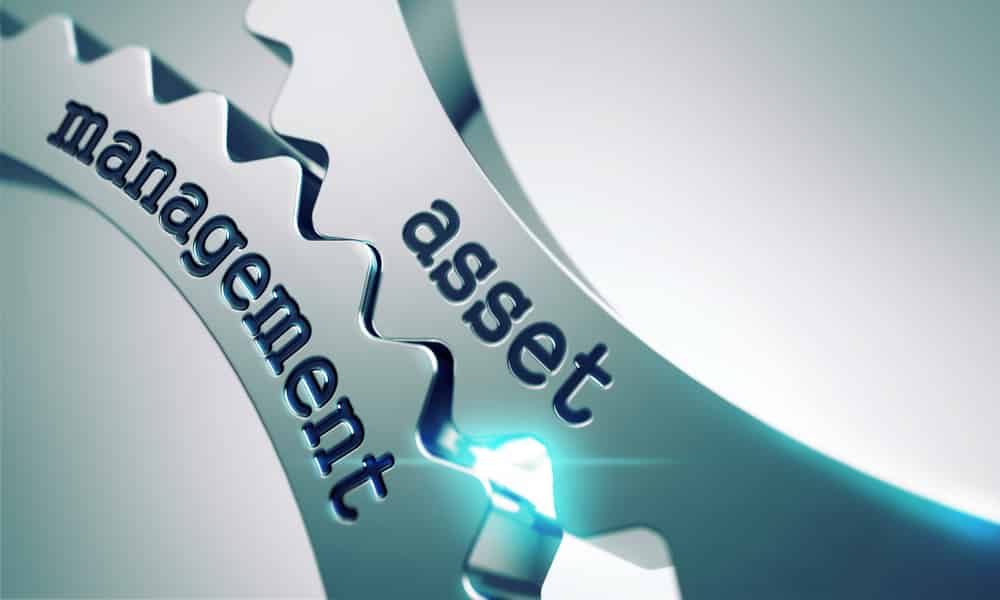Navigate Asset Management Challenges with Reverse Logistics

Efficiently managing the flow of products – your assets – in both the forward and reverse supply chain has become more complex as both omnichannel retail and subsequent return volumes skyrocket. In this article, we’ll take a look at how returns management technology improves asset management in your reverse supply chain.
Asset Management & the Reverse Supply Chain
In the context of the reverse supply chain, “assets” refer to products being returned. “Asset management” is how the products are handled, including final dispositioning (recycling, disposal, reuse, repair, etc.).
What is asset management?
Asset management aims to optimize the utilization, tracking, and recovery of returned items by minimizing costs, maximizing efficiency, and ensuring compliance.
The reverse supply chain explained
Simply put, the reverse supply chain includes every facet of your business that takes place after the point of sale. This may include returns, exchanges, warranty repairs or replacements and – perhaps most importantly – the disposition of returned items.

Many businesses have processes and procedures in place for handling warranty repairs. You may even have solid processes in place for getting your customer a replacement item when necessary.
But what happens to the returned product? Are you truly capturing the maximum value of those items, or taking a loss? Or, are you spending even more money to dispose of or recycle these returned items?
When you implement tools and processes to manage and control the reverse supply chain, you can recapture the value of those assets and, ultimately, improve margins and your bottom line.
How Poor Asset Management Can Impact You
The number of technological assets required to keep a given business on its feet continues to grow every day. Asset management can be a significant hurdle for many businesses, especially small and medium-sized ones.
As a returns management technology company, asset management solutions falls squarely within our realm at ReverseLogix. We’ll help you simplify every part of your returns management operations, lowering your costs in a number of areas. On the flip side, a failure to properly manage your assets can lead to several big issues – here are a few to be aware of.
Lower ROI
Just like any standard investment, whether or not you’re able to track your assets is a huge factor in determining whether you can track your return on investment, or ROI. Poor asset management will mean the data is not available to determine your ROI.
Resource allocation
Anytime you add new resources to a network, several other assets and people are associated with it. If the sales team is preparing for a client meeting, for instance, they should have a higher priority for computer repairs than, say, the HR team. Another cost of poor asset management is the common inability for companies to properly categorize their assets and create a proper hierarchy.
Insurance costs
When outdated technology results in failing a regulatory compliance audit, you’re seeing one direct effect of bad asset management: Insurance and compliance costs. There are numerous compliance regulations out there, and if you aren’t in order here, you can be subjected to various penalties and fines.

Remote inventory management
It’s vital that you’re able to remotely monitor and manage technology, from patch updates to security monitoring. Without the proper infrastructure, though, this won’t be possible.
Software audit
Software licenses come with very strict instructions for their application. If you don’t have asset management in place, it will become almost impossible to track who has which license and how many seats are available. This could leave you open to a software audit, which are commonly performed by many of the major software vendors.
Asset Recovery & Reclamation with Reverse Logistics
Every consumer has a story of needing a warranty replacement product and receiving it as promised. But, when it comes to retrieving the faulty item, they often struggle to obtain resolution. Eventually, most of these (now happy) consumers end up tossing the original item.
Do you truly believe that the item – whatever it may have been – had no value to the original manufacturer, the retailer or both?
When you implement a comprehensive reverse logistics solution, rest assured that you will recover any residual value of assets such as these.
Managing Returned Assets
Once you recover an asset, then what?
If your business does not have a dedicated team or department to deal with returned or recovered assets, building one would likely require more resources than you have (or are willing) to devote. And maybe that’s why those assets haven’t been reclaimed or managed in the past.
But, if you have a powerful asset management software solution to assist with this process, you can quickly deWhatever course is appropriate, this approach provides the best means of recovering the maximum possible residual value.
Revolutionize Asset Management with ReverseLogix Solutions
Depending on your business model, reverse logistics and an asset management solution provide you with the opportunity to capture value from returned assets. The secret is finding an efficient and affordable solution for managing the reverse supply chain.
At ReverseLogix, our cloud-based SaaS returns management platform is both customizable and scalable, and capable of integration with your existing enterprise technology solutions. Contact us today to request a demo. We look forward to showing you how our reverse logistics solution can assist you with asset management and value recovery.
